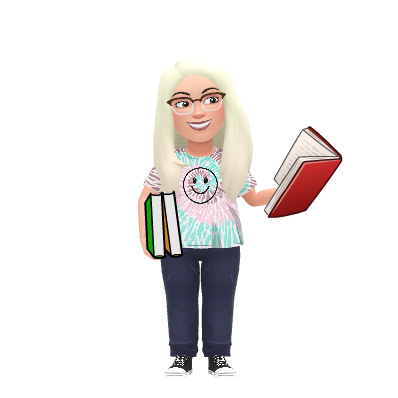 |
| Credit: www.epictop10.com |
Perhaps the gap exists in part because of the stress our federal department of education and our state department of education places on standardized testing. "How do we know if a student is learning anything if we don't test them?" appears to be the prevailing question among legislators and policy makers. "How do we know teachers are actually doing their jobs and giving their best efforts if we don't require yearly teacher evaluations and put pressure on them that their test scores will impact their evaluations and show they are being effective?" also appears to be another prevailing question. Many teachers feel this pressure and stress daily because they can never be "good enough." Some teachers don't have the mental or emotional health to try to tackle something new that may or may not work when so much is on the line for them. I could go on and on about the culture of testing and such that is currently the modus operandi for the United States but I will stop there.
 |
| Testing by Nick Youngson CC BY-SA 3.0 Alpha Stock Images |
Local education agencies are scrambling to make decisions on the best (and for most, the cheapest) digital platform to use when and if wave two of the pandemic hits and schools are asked to shut down the physical buildings. What devices should be used? What software? What about Internet access across a district? How should the teachers be trained on using it to deliver their content? What are resources teachers can use to help make the transition between standing in front of students guiding instruction and learning to being digital and virtual? In addition, how do related arts/special teachers fit into this digital model? How can a PE teacher teach virtually, digitally, online? Shouldn't main subject content be the focus of digital, virtual, online learning? Math, English, Reading, Science, and Social Studies are the core curriculum. If students have to spend time on an electronic device every day, we don't want them on the devices all day. Therefore, art, music, PE, library, and such might not be allowed to have much time each week for instruction in the digital virtual world. But we just don't know. We still don't know if we will start in our buildings like normal in August, have a hybrid week with part of the students some days, and the rest of the students the other days, or if we will be 100% virtual. So, many teachers are cramming technology training in this summer.
I have suggested to my small school's teaching staff that they take home a few of the traditional assessment items that they use after our fall break. I have challenged them to create a digital method of the assessment. For some, it will be creating a Quizziz. For others, it will be creating a Kahoot. Many will create a Google Form that will self grade. There will be a few that will use Google Slides to create an assessment that students will be able to manipulate and type in answers for the teachers to view. Just scanning a test or worksheet and making it a PDF is not the solution because the students' ability to interact inside the PDF is limited. Add to that, the amount of time a teacher will have to spend looking at each document, making comments, grading, etc., can be overwhelming depending on the number of students and classes a teacher has.
Even though teachers in my district are learning Google Classroom, going through the Google Level 1 educator training, completing a free state of Tennessee professional development online course taught through Trevecca University in Nashville, completing a set of training modules created by a teacher tech leader, watching YouTube videos of experts and experienced teachers using technology, and more, how to apply the learning and tools is still somewhat vague and scary for many.
As for me, I am listening to podcasts by technology educators, going through the Trevecca PD course, doing a book study from Kasey Bell's Shake Up Learning book, and will probably tackle Google Level 2 Educator training and certification. All knowledge is helpful even if I fail the first time. I learn best by making mistakes and figuring out how to fix it.



